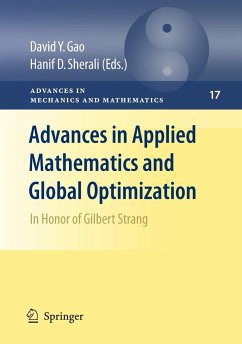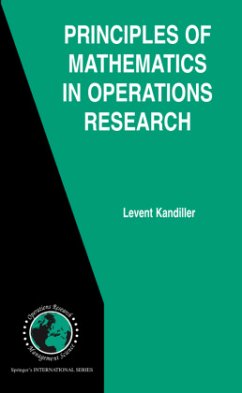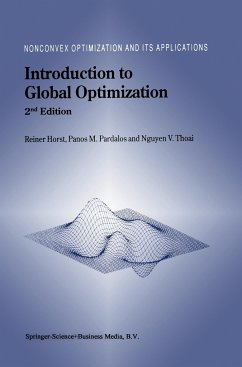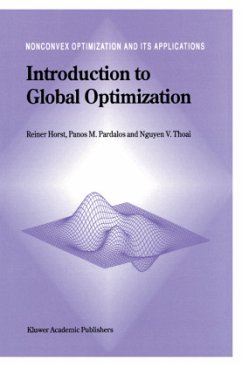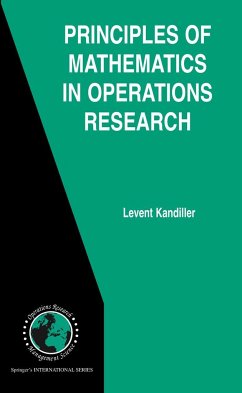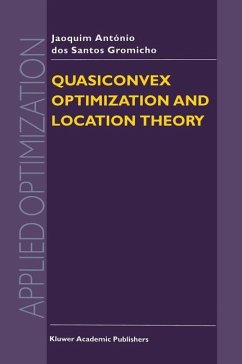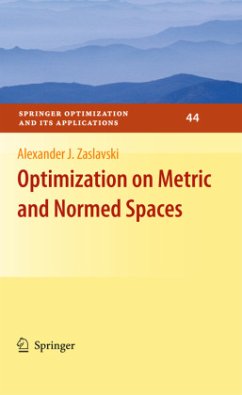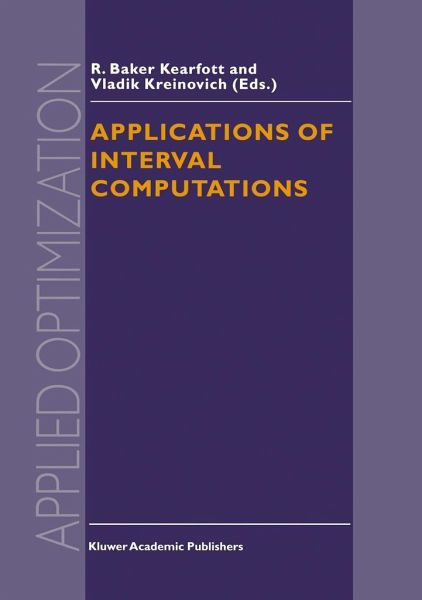
Applications of Interval Computations
Versandkostenfrei!
Nicht lieferbar
Primary Audience for the Book - Specialists in numerical computations who are interested in algorithms with automatic result verification. - Engineers, scientists, and practitioners who desire results with automatic verification and who would therefore benefit from the experience of suc cessful applications. - Students in applied mathematics and computer science who want to learn these methods. Goal Of the Book This book contains surveys of applications of interval computations, i. e. , appli cations of numerical methods with automatic result verification, that were pre sented at an internatio...
Primary Audience for the Book - Specialists in numerical computations who are interested in algorithms with automatic result verification. - Engineers, scientists, and practitioners who desire results with automatic verification and who would therefore benefit from the experience of suc cessful applications. - Students in applied mathematics and computer science who want to learn these methods. Goal Of the Book This book contains surveys of applications of interval computations, i. e. , appli cations of numerical methods with automatic result verification, that were pre sented at an international workshop on the subject in EI Paso, Texas, February 23-25, 1995. The purpose of this book is to disseminate detailed and surveyed information about existing and potential applications of this new growing field. Brief Description of the Papers At the most fundamental level, interval arithmetic operations work with sets: The result of a single arithmetic operation is the set of all possible results as the operands range over the domain. For example, [0. 9,1. 1] + [2. 9,3. 1] = [3. 8,4. 2], where [3. 8,4. 2] = {x + ylx E [0. 9,1. 1] and y E [3. 8,4. 2]}. The power of interval arithmetic comes from the fact that (i) the elementary operations and standard functions can be computed for intervals with formulas and subroutines; and (ii) directed roundings can be used, so that the images of these operations (e. g.




